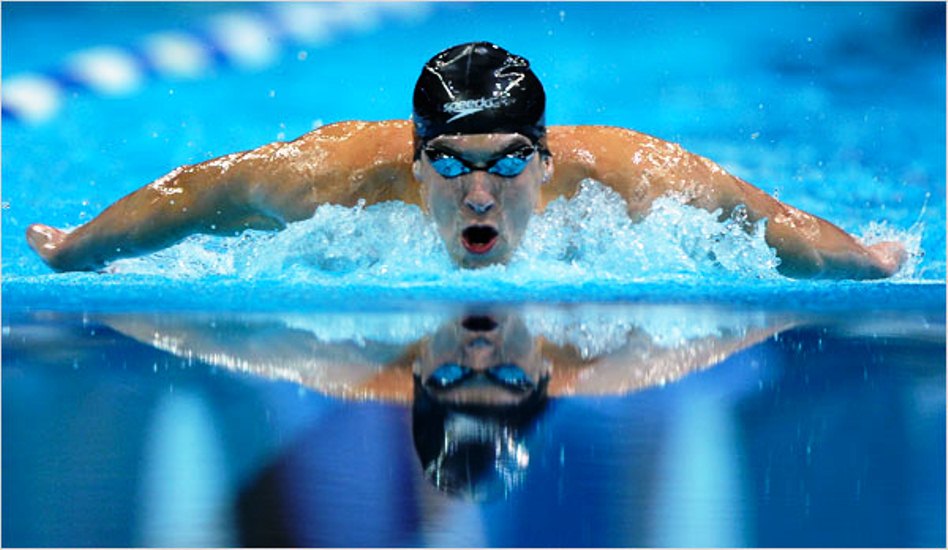The HSC PDHPE syllabus asks you to compare case studies from different sports considering their motivation and psychological strategies. This page will present three (3), all of which slightly old, but still worth considering.
Case study 1 – Michael Jordan.
Michael is old, but still considered by many to be the best basketball of all time. In the video below Michael talks about his obsession with winning and his goal to play the perfect game.
Within this video, Michael scores a free throw with his eyes closed in one of his mental and verbal competitions with his opposition. Michael’s ability to visualise is key to being able to perform such actions.
Case Study 2 – Johnny Wilkinson
Johnny was the best kicker in Rugby Union in recent years. He attributes his success to creating pressure during training, and becoming accustomed to the pressure. He tries not to overthink things in the moment and getting the little things right.
Case Study 3 – Michael Phelps
Michael Phelps holds the record for the most medals and most gold medals won at the Olympics. Like Michael Jordan, Phelps uses the pressure and criticism or trash talk as ammunition to motivate him to perform. Phelps uses visualisation well, planning for various scenarios so that he knows how to respond to them. This increases his confidence and improves his chances of performing at his best.
By way of comparison, these athletes all use fairly similar methods and goals in order to perform their best. Both Phelps and Johnny use visualisation and practice under pressure, while Michael Jordan was motivated by his goal to achieve the perfect game.
You may also like to view this TedX talk, which discusses various psychological strategies used by athletes in different sports.
Further case studies from different sports can be found on our Factors Affecting Performance Youtube playlist here. You may also like to listen to Thurston reflect on the 2015 NRL Grand Final below.

